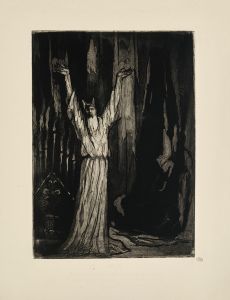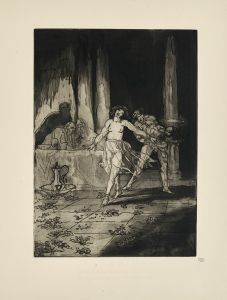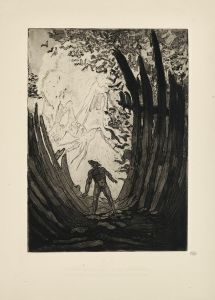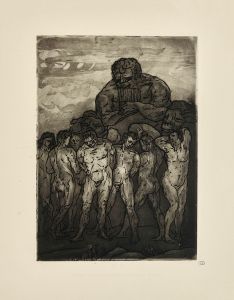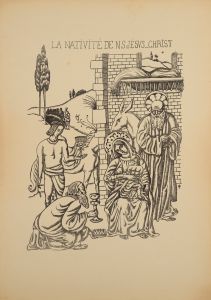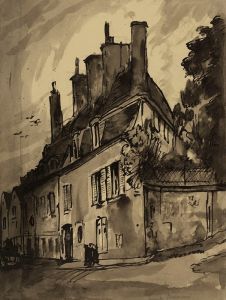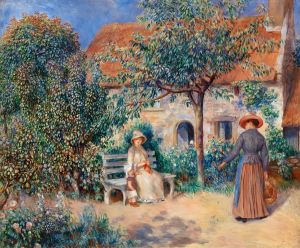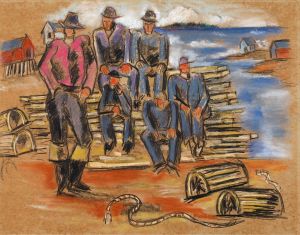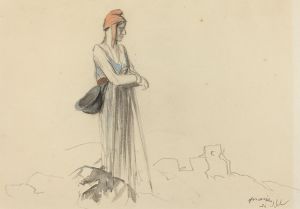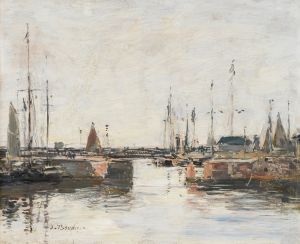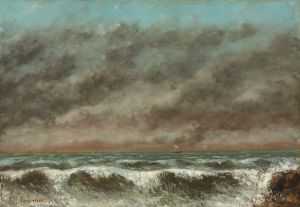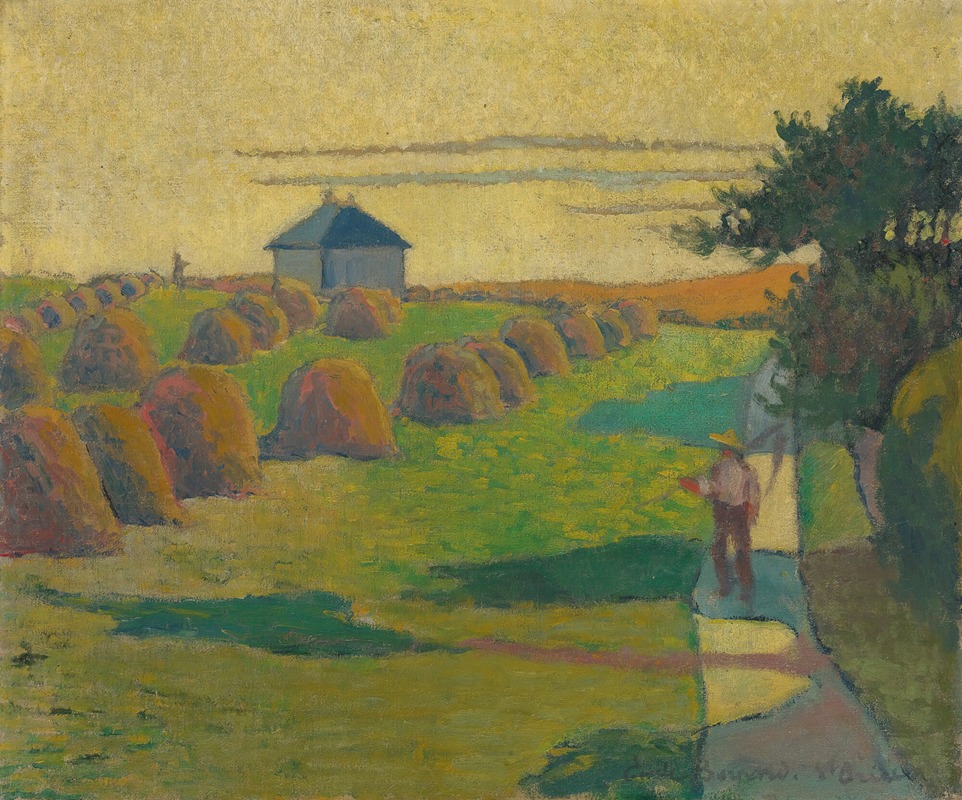
Saint-Briac
A hand-painted replica of Emile Bernard’s masterpiece Saint-Briac, meticulously crafted by professional artists to capture the true essence of the original. Each piece is created with museum-quality canvas and rare mineral pigments, carefully painted by experienced artists with delicate brushstrokes and rich, layered colors to perfectly recreate the texture of the original artwork. Unlike machine-printed reproductions, this hand-painted version brings the painting to life, infused with the artist’s emotions and skill in every stroke. Whether for personal collection or home decoration, it instantly elevates the artistic atmosphere of any space.
"Saint-Briac" is a painting by the French artist Émile Bernard, who was a prominent figure in the Post-Impressionist movement. Bernard was born on April 28, 1868, in Lille, France, and became known for his innovative contributions to modern art, particularly through his association with other leading artists of his time, such as Paul Gauguin and Vincent van Gogh.
The painting "Saint-Briac" is named after the coastal village of Saint-Briac-sur-Mer in Brittany, France. This region was a popular destination for artists in the late 19th century due to its picturesque landscapes and unique light. Bernard, like many of his contemporaries, was drawn to Brittany for its natural beauty and the opportunity to explore new artistic ideas away from the urban environment of Paris.
Émile Bernard's work is often associated with the Cloisonnism style, which he helped to develop. This style is characterized by bold outlines and flat areas of color, reminiscent of stained glass or cloisonné enamel work. Bernard's approach was influential in the development of Symbolism and Synthetism, movements that sought to express deeper meanings and emotions through simplified forms and colors.
"Saint-Briac" exemplifies Bernard's use of these techniques. The painting likely captures the serene and idyllic atmosphere of the Brittany coast, with its rugged cliffs, sandy beaches, and vibrant natural colors. Bernard's use of color and form would have been intended to convey not just the visual appearance of the landscape but also its emotional and spiritual resonance.
During the period when "Saint-Briac" was created, Bernard was actively collaborating and exchanging ideas with other artists. His friendship with Paul Gauguin was particularly significant, as the two artists shared a mutual influence and often discussed their artistic philosophies. Bernard's work from this time reflects a synthesis of his own ideas and those of his peers, contributing to the broader Post-Impressionist movement that sought to move beyond the limitations of Impressionism.
Émile Bernard's contributions to art extend beyond his paintings. He was also a writer and art theorist, and his correspondence with other artists provides valuable insights into the development of modern art. Bernard's influence can be seen in the works of later artists who continued to explore the boundaries of color, form, and symbolism.
"Saint-Briac" remains an important example of Bernard's artistic vision and his role in the evolution of modern art. The painting is a testament to his ability to capture the essence of a place while also pushing the boundaries of traditional artistic techniques. Through works like "Saint-Briac," Émile Bernard has left a lasting legacy that continues to inspire and inform the study of art history.





